Will Vinegar Remove Mold from Boat Seats? A Comprehensive Guide
Vinegar has been hailed as a natural and effective solution to remove mold from various surfaces, including boat seats. Mold growth is a common issue for boat owners, especially if the boat is not stored properly or left unused for extended periods. Mold spores can cause respiratory problems and allergic reactions, making it essential to remove them as soon as possible.
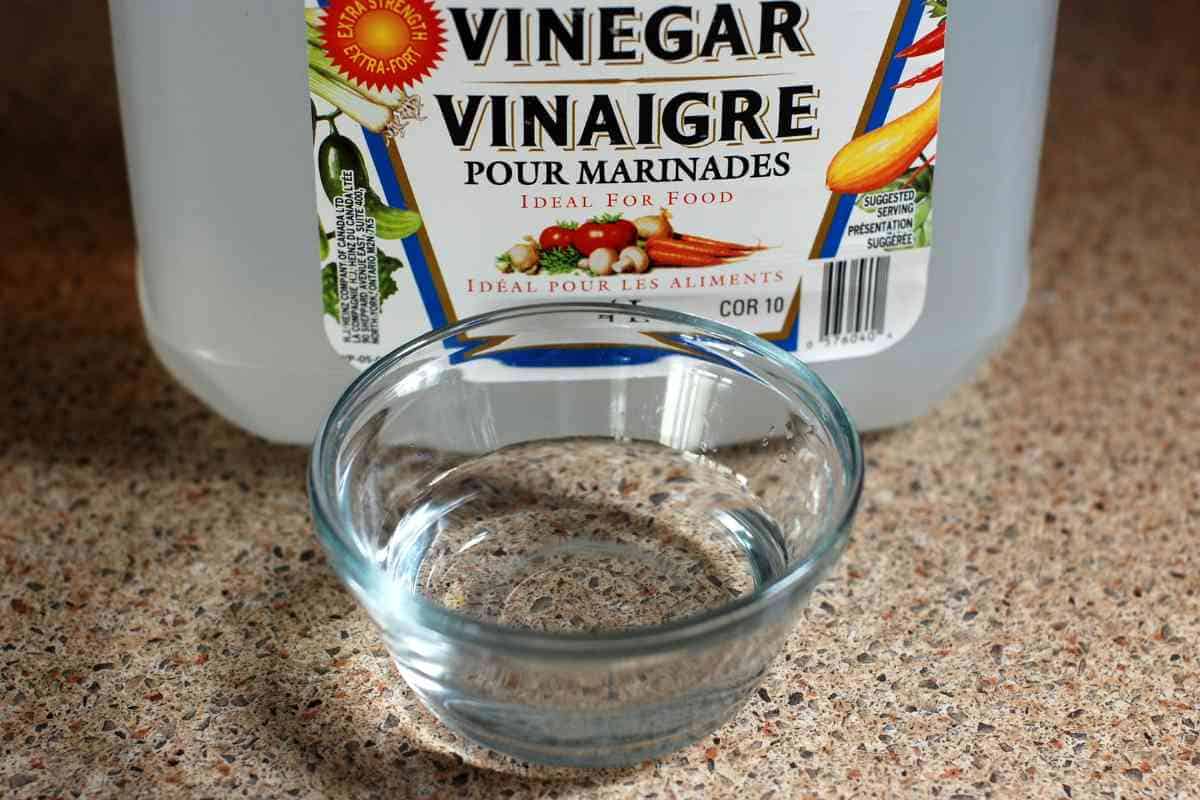
Can you use vinegar to clean mold off boat seats?
Many boat owners swear by vinegar as a mold remover for boat seats. Vinegar is a natural disinfectant that can kill mold spores without harming the upholstery or thread stitching. However, it is crucial to use the right concentration of vinegar and water and follow the correct application method to achieve the desired results.
In this article, we will explore the effectiveness of vinegar in removing mold from boat seats and provide tips on how to use it safely and efficiently.
Navigating Boat Seat Mold
Boat seat mold is a familiar issue many boat owners tackle. Originating from a fungus thriving in warm, moist environments, mold can cause health concerns if not managed. Typically, it manifests as black spots on vinyl boat seats and can rapidly spread if neglected.
Mold spores, found in air, can land on boat seats, especially when not cleaned and dried after usage. These spores can multiply swiftly, leading to black spot formation and unpleasant odor. Mold on boat seats isn’t just a visual concern but can trigger allergies, respiratory issues, and skin irritation. Thus, it’s critical to tackle boat seat mold promptly.
Humidity, inadequate ventilation, and poor cleaning contribute to mold growth on boat seats. Proper cleaning and drying can prevent mold growth. If you observe mold, take immediate action to stop further growth and potential health risks.
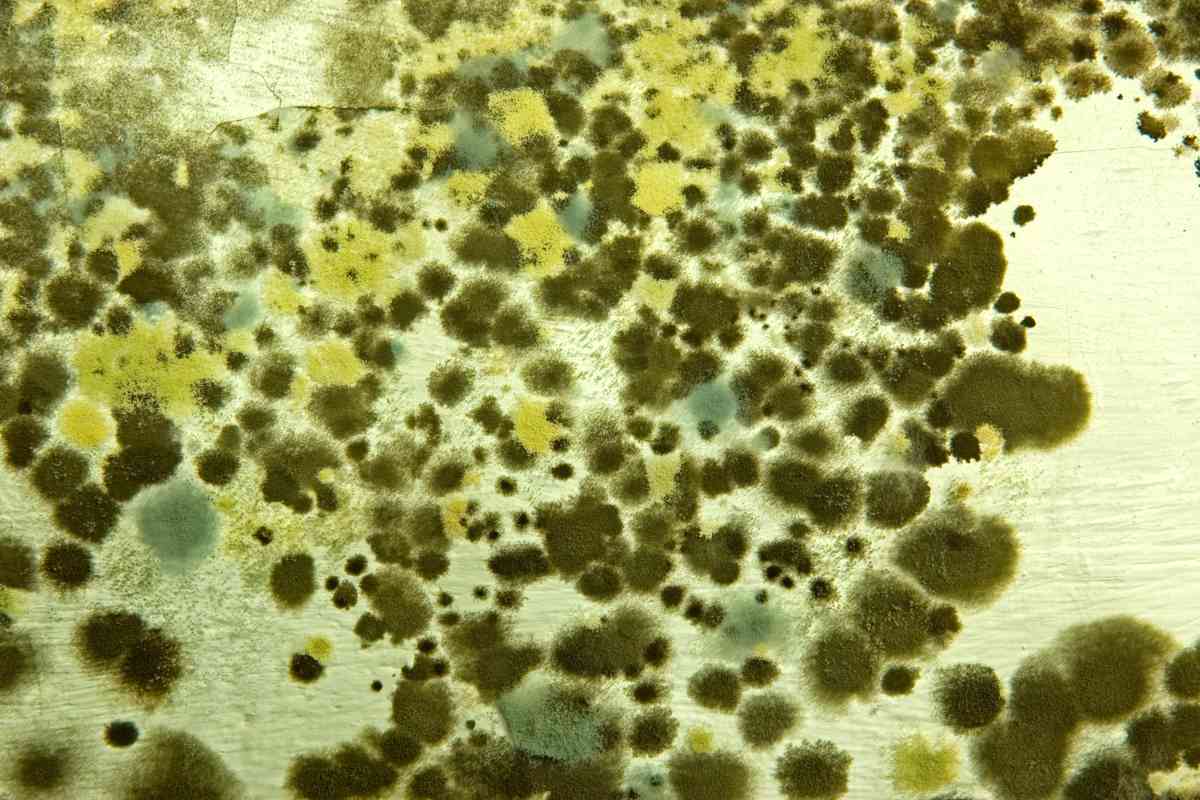
Vinegar: The Mold Removal Champion
Vinegar, a natural disinfectant used for centuries, is a mild acid with a pH of around 2.5. This acidity can disrupt various microorganisms’ growth, including mold, making it an effective solution for boat seat cleaning.
A 2015 study affirmed that 4-4.2% acetic acid vinegar effectively treats Penicillium chrysogenum, a common mold type in damp conditions. Vinegar can kill about 82% of known molds and can deter future outbreaks.
However, vinegar is not a panacea for all mold types and large infestations. Safety precautions such as adequate ventilation and protective gear like gloves and a mask should be in place when using vinegar to avoid fume inhalation.
Cleaning Prep: The Initial Steps
Before jumping into the vinegar cleaning, gather essential materials including vinegar, a sponge or soft brush, dish soap, clean and damp cloths, and possibly rubber gloves.
Start by removing loose dirt or debris from the seats using a soft brush attachment on a vacuum cleaner.
Next, clean the seats using a vinegar, water, and dish soap mixture, and then wipe away excess vinegar using a clean cloth. Rinse the seats with a damp cloth to eliminate any vinegar or soap residues.
Getting rid of mold from boat seats might seem challenging, but with the correct approach, it’s possible. The key materials needed are white vinegar, water, a spray bottle, a soft brush, a towel, and optional mild soap.
Follow these steps to clean your boat seats:
- Mix equal parts of white vinegar and water in a container.
- Transfer the mixture to a spray bottle and apply it to the mold-affected areas.
- Let the solution sit for a few minutes to work on the mold.
- Use a soft brush to gently scrub the areas in a circular motion.
- Wipe the seats with a towel to remove the mold and solution.
- Rinse the seats with clean water to clear any remaining solution.
- Allow the seats to dry completely before use.
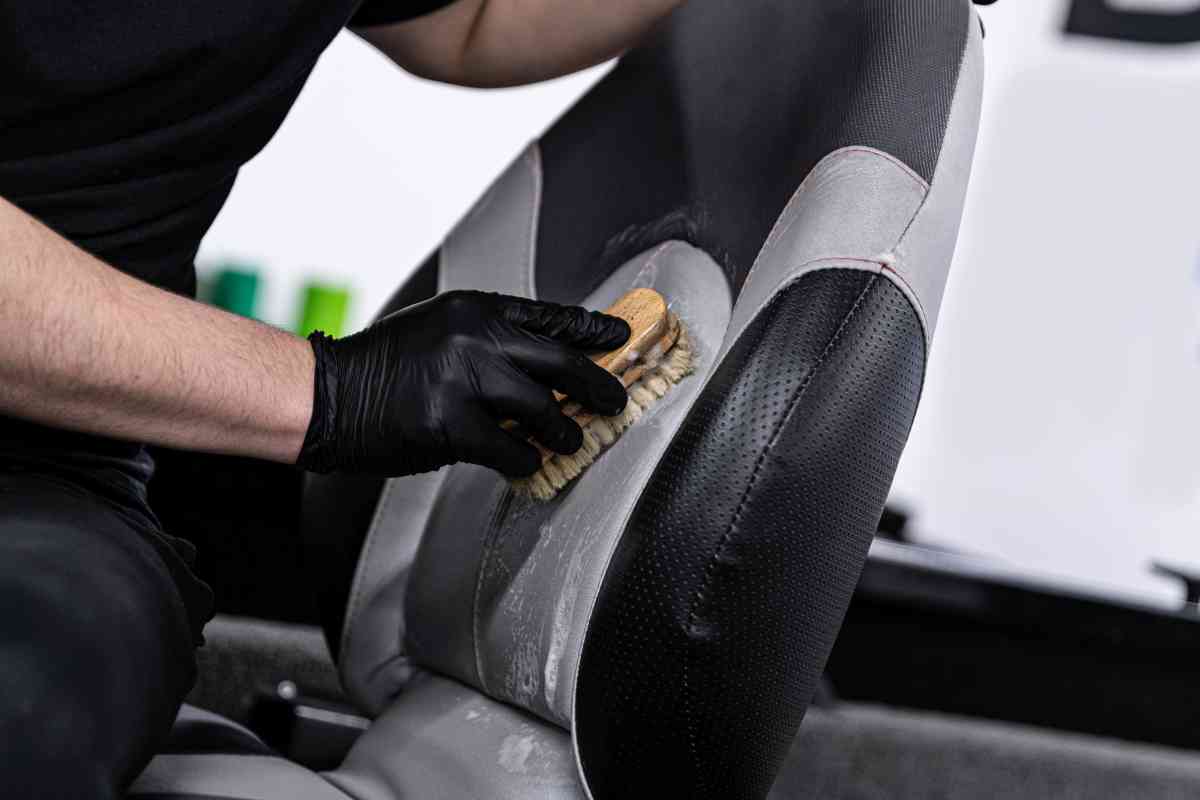
Removing Mildew Stains
If mildew stains persist post cleaning, consider these additional techniques:
- Prepare a mixture of 1/4 cup of mild soap in 1 gallon of water.
- Dip a soft brush in the mixture and gently scrub the stained areas.
- Rinely the seats with clean water to remove the soap.
- Allow the seats to dry completely.
Best Practices for Vinyl Seats
Cleaning If you have vinyl seats, follow these tips for efficient cleaning:
- Use a soft brush for gentle scrubbing.
- Avoid harsh cleaners or abrasive pads.
- Focus on gaps and cracks where mold often breeds.
- Use foam or all-purpose cleaners for stubborn stains.
- Rinely the seats with clean water to remove any residual cleaner.
Selection of Cleaning Solutions
Both commercial and homemade cleaning solutions are effective for mold removal.
Commercial cleaners from brands like CLR, Star Brite, and Mold and Mildew Remover are popular choices. For homemade solutions, try mixing white vinegar, laundry stain remover spray, dishwasher liquid soap, and distilled water. Alternatively, use a mix of baking soda and white vinegar.
Bleach, another potent mold remover, can damage boat seat upholstery if not used properly. Borax, a natural mineral, is an effective mold remover when mixed with hot water.
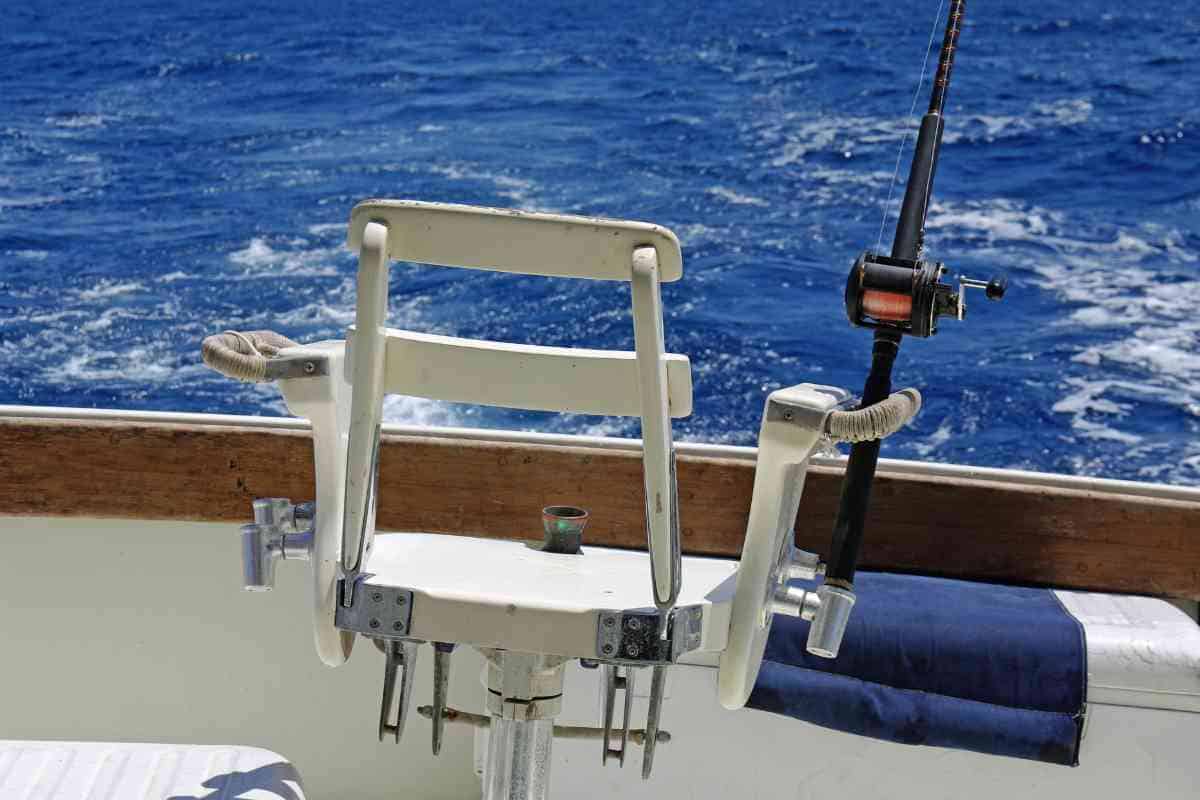
Aftercare for Boat Seats
Once mold is removed, it’s essential to prevent recurrence. Rinely seats thoroughly to remove vinegar residue, apply vinyl protectant or leather conditioner to maintain seat health, and follow a regular cleaning routine.
Consider using a sealant to safeguard your boat seats from moisture. Use a dehumidifier when the boat is idle to reduce moisture levels. Avoid ammonia-based cleaners as they can damage the material.
Shopping Guide for Mold Removers
When buying mold removers, consider their type, safety, effectiveness, price, and brand reputation. Vinegar is a natural, safe choice but may not be as effective on stubborn stains, while bleach, although potent, can damage upholstery. Commercial mold removers can be more effective and are specifically designed for boat seats.
Always prioritize safety, read labels carefully, and use protective gear. A remover’s effectiveness may vary based on the severity of mold stains, and a higher price does not always guarantee better results. Lastly, choose a reputable brand with a track record of high-quality cleaning products. Brands like Star Brite, WD-40, and CLR are popular choices.
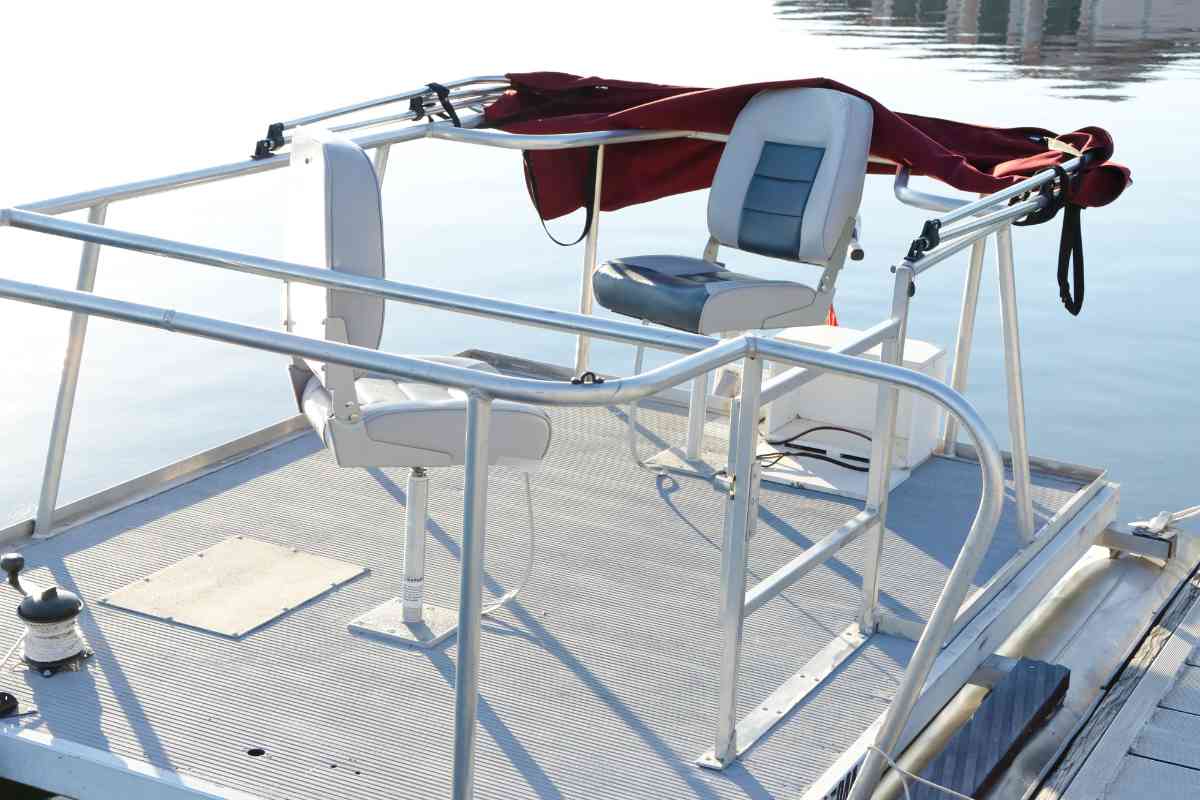
Frequently Asked Questions
What is the best mold and mildew remover for boat seats?
There are several mold and mildew removers available in the market that can effectively clean boat seats. Some of the popular options include bleach, vinegar, commercial mold and mildew removers, and magic erasers.
How do you remove mildew from boat seats?
To remove mildew from boat seats, you can use a mixture of white vinegar and water. Apply the solution on the affected area and scrub it with a soft brush. Rinse the seat with clean water and let it dry. You can also use a commercial mildew remover or magic erasers for the same purpose.
How do you get stubborn mold off boat seats?
Stubborn mold can be difficult to remove from boat seats. You can use a solution of bleach and water to clean the seats. Apply the solution on the affected area and scrub it with a stiff brush. Rinse the seat with clean water and let it dry. You can also use a commercial mold and mildew remover for the same purpose.
What cleans black mold off boat seats?
Black mold can be removed from boat seats using a mixture of bleach and water. Apply the solution on the affected area and scrub it with a stiff brush. Rinse the seat with clean water and let it dry. You can also use a commercial mold and mildew remover for the same purpose.
Can vinegar be used to clean boat seats?
Yes, vinegar can be used to clean boat seats. Mix equal parts of white vinegar and water and apply the solution on the affected area. Scrub it with a soft brush and rinse it with clean water. Let it dry before using the seats again.
Is vinegar safe to use on vinyl seats?
Yes, vinegar is safe to use on vinyl seats. However, it is recommended to test a small area first to make sure it doesn’t cause any discoloration or damage to the seats.
